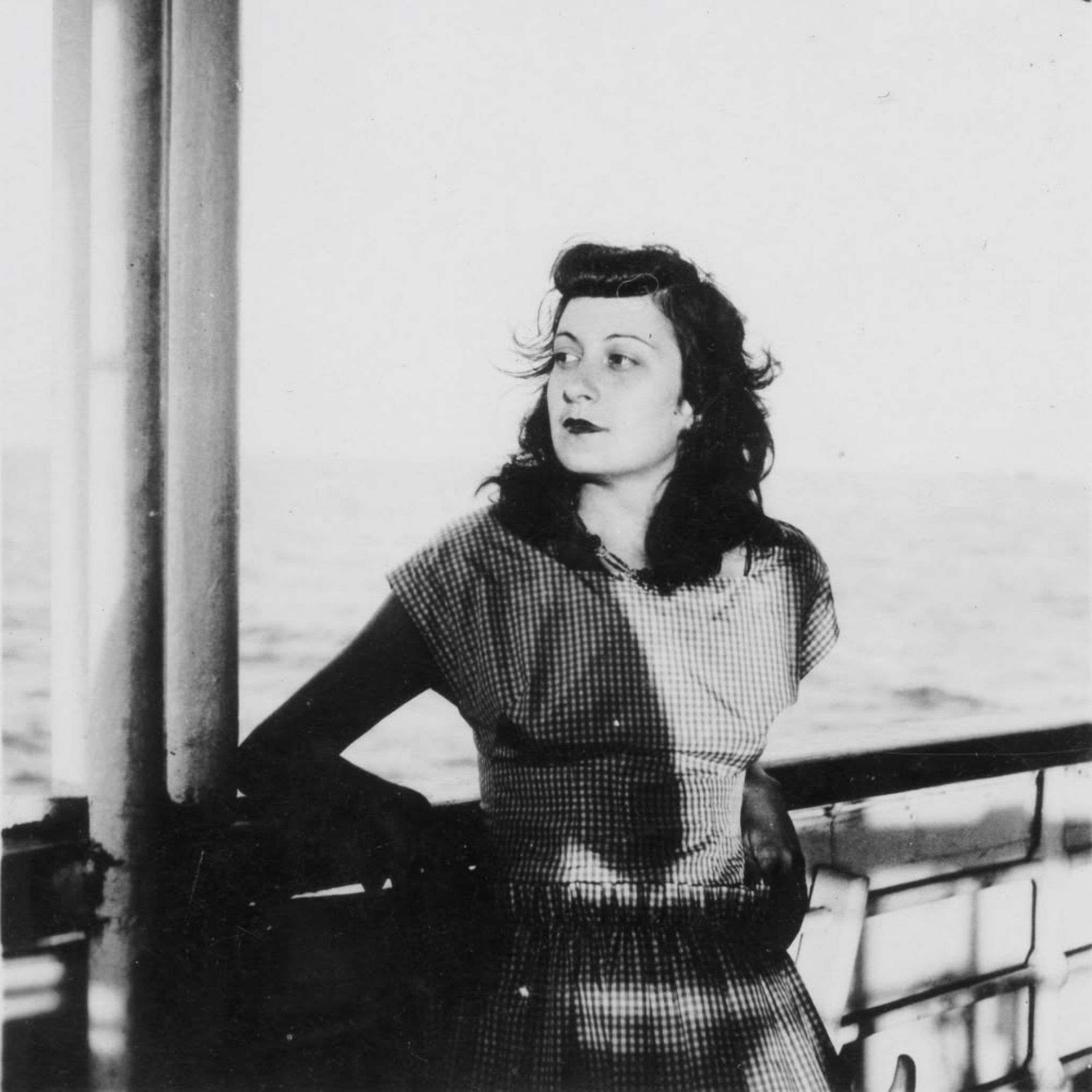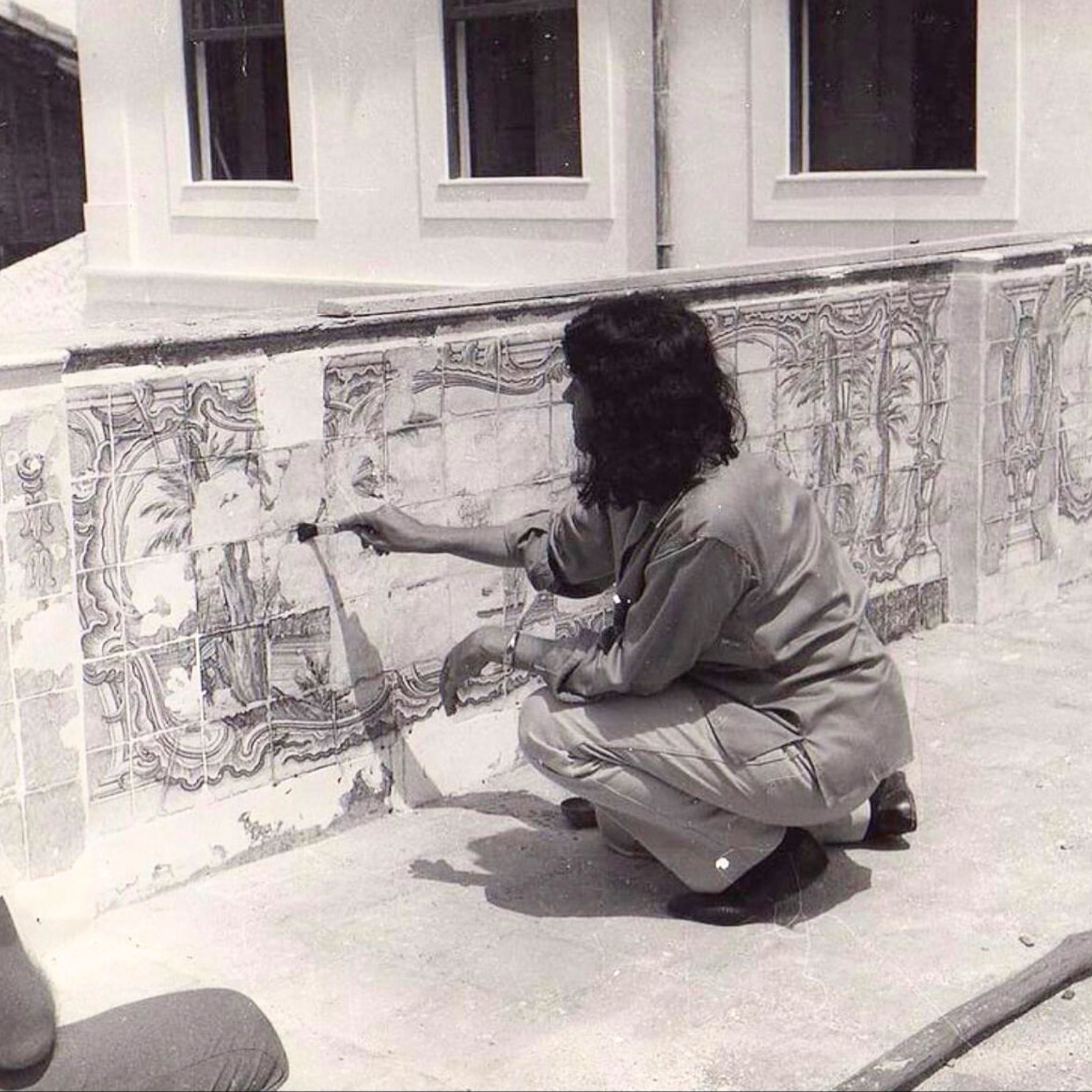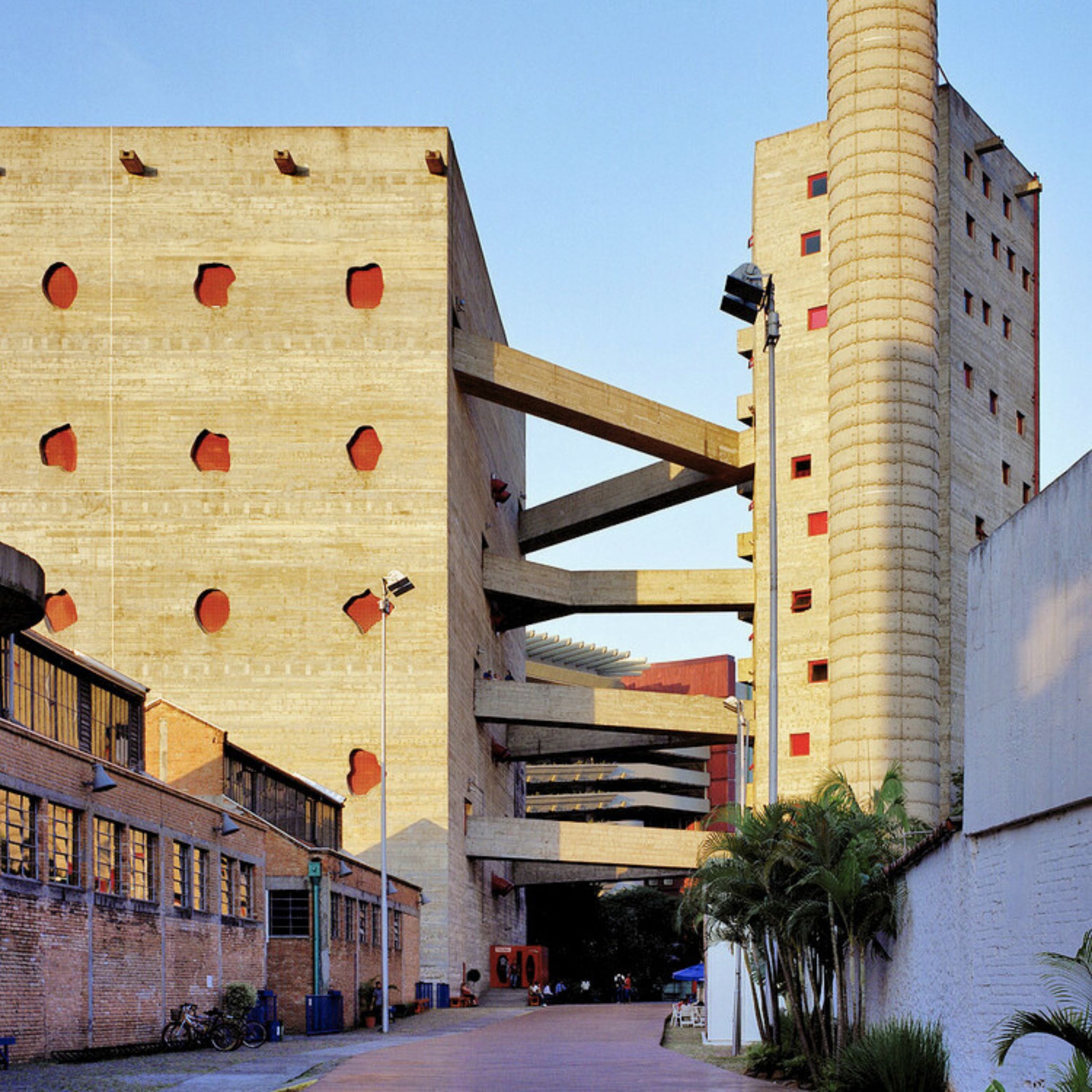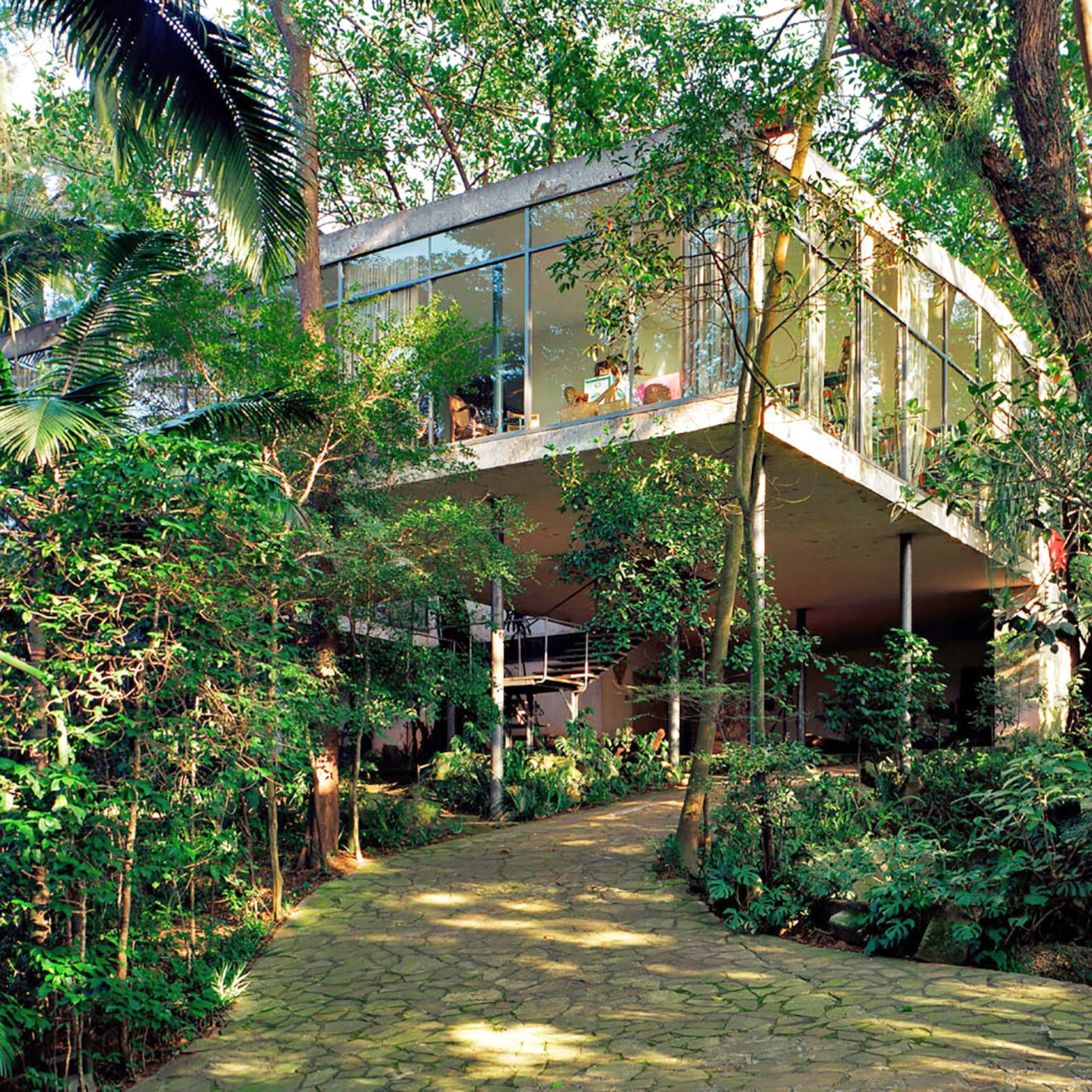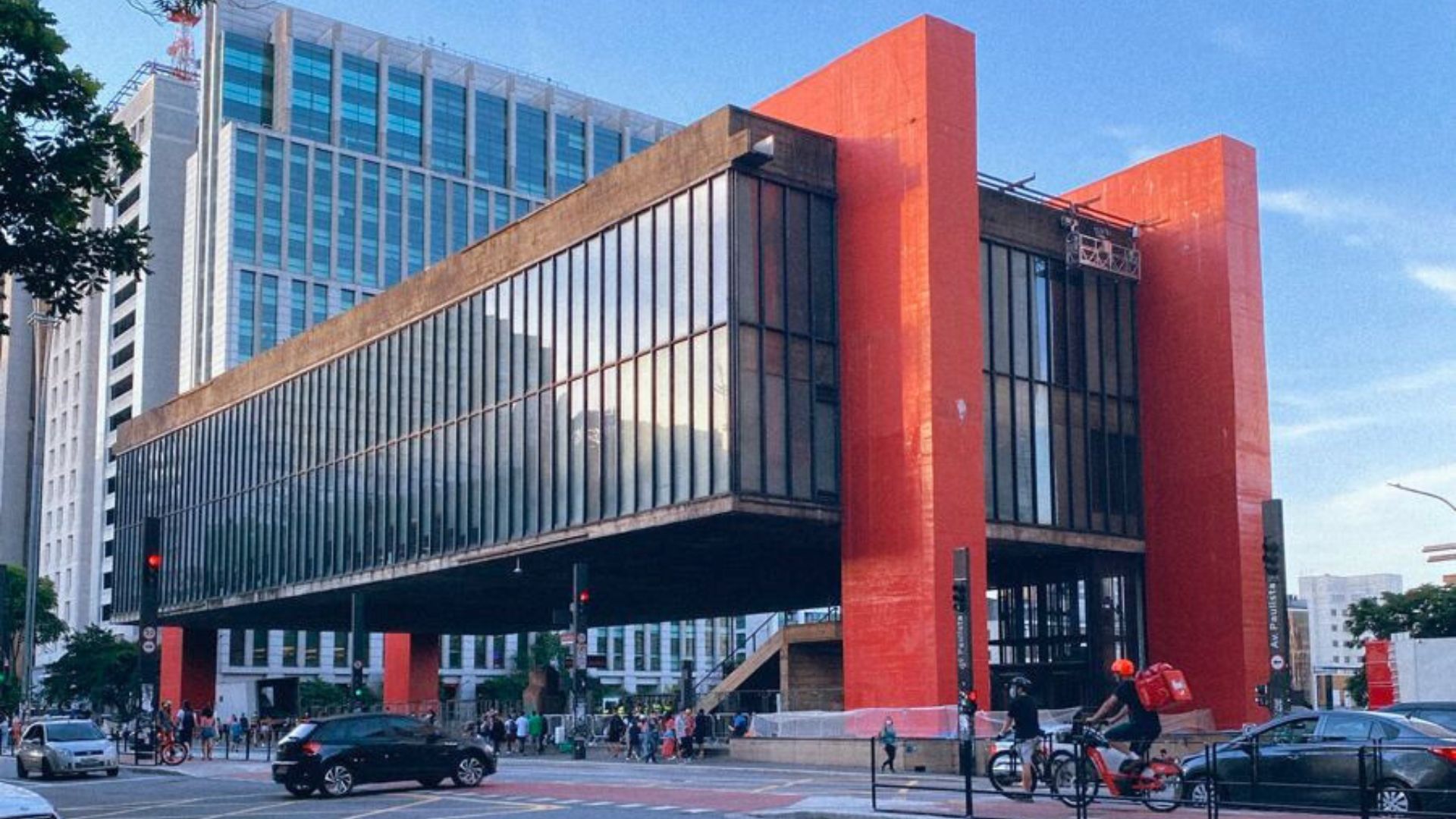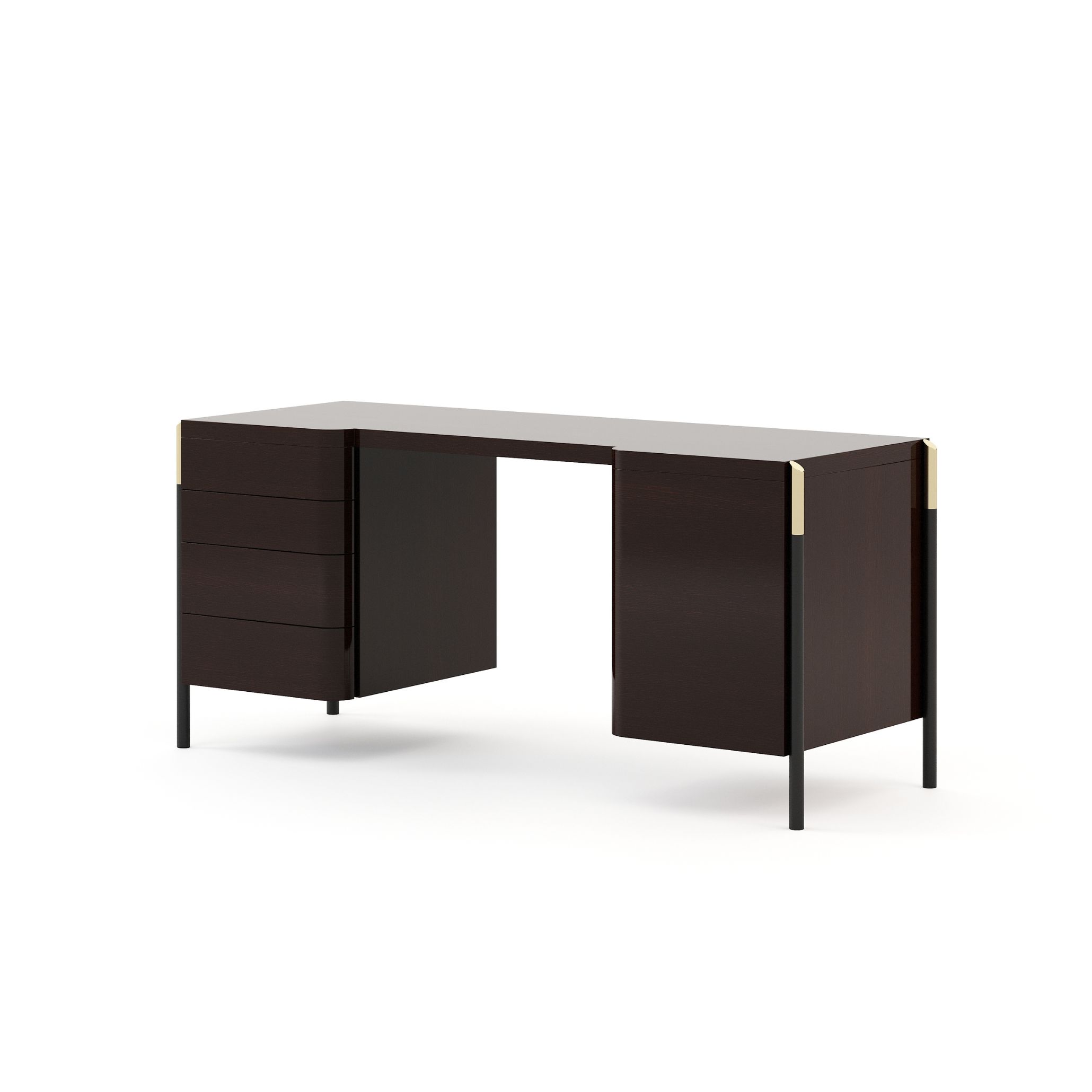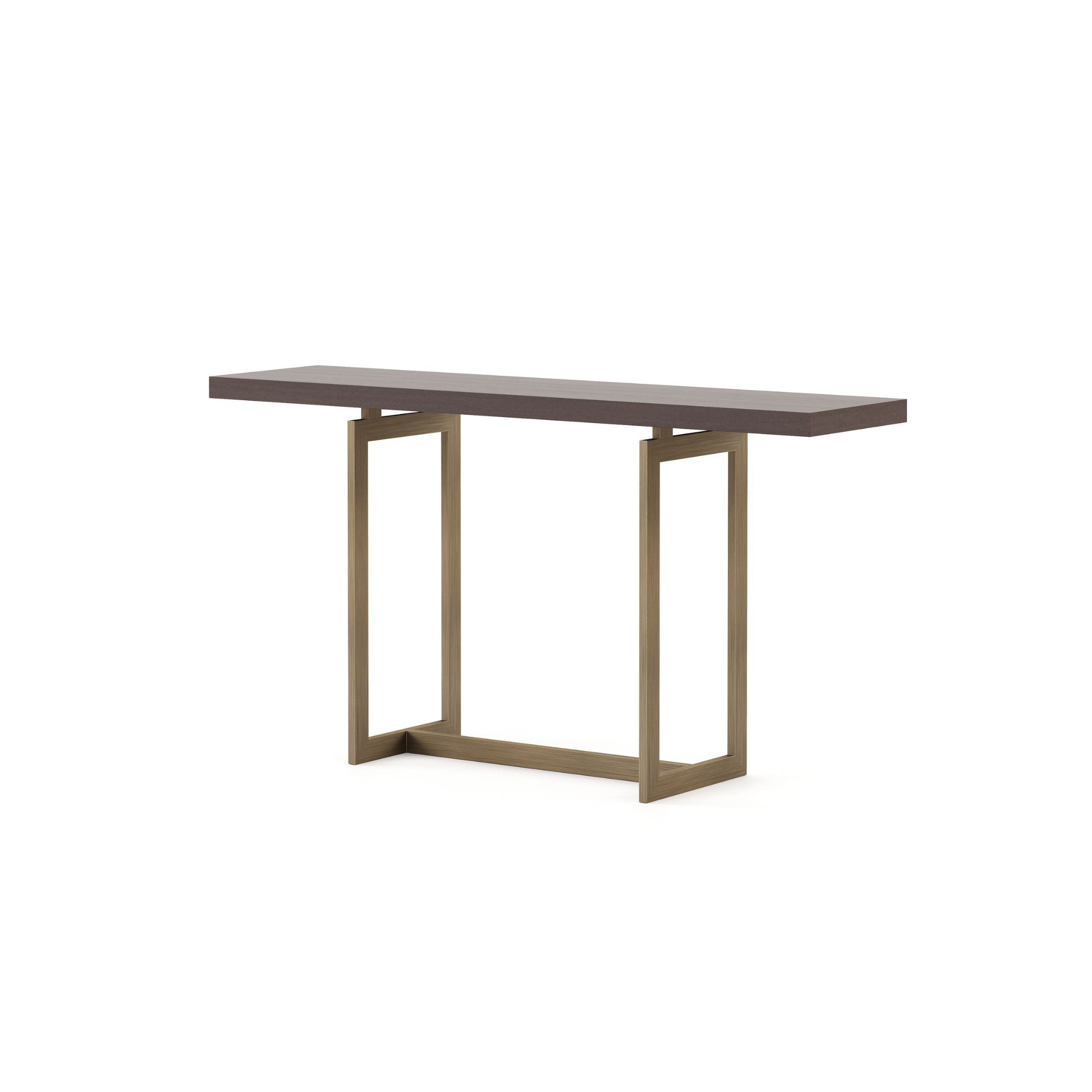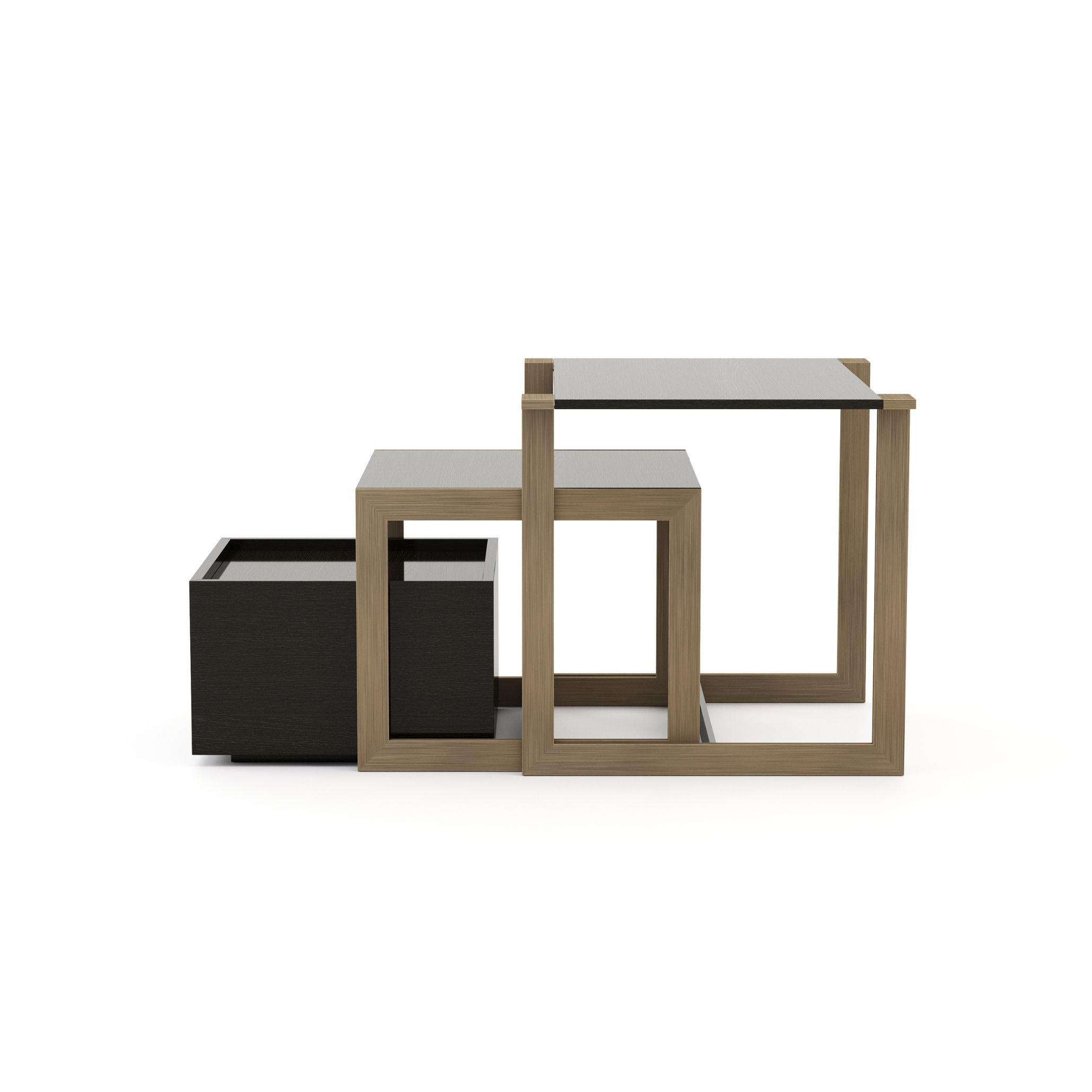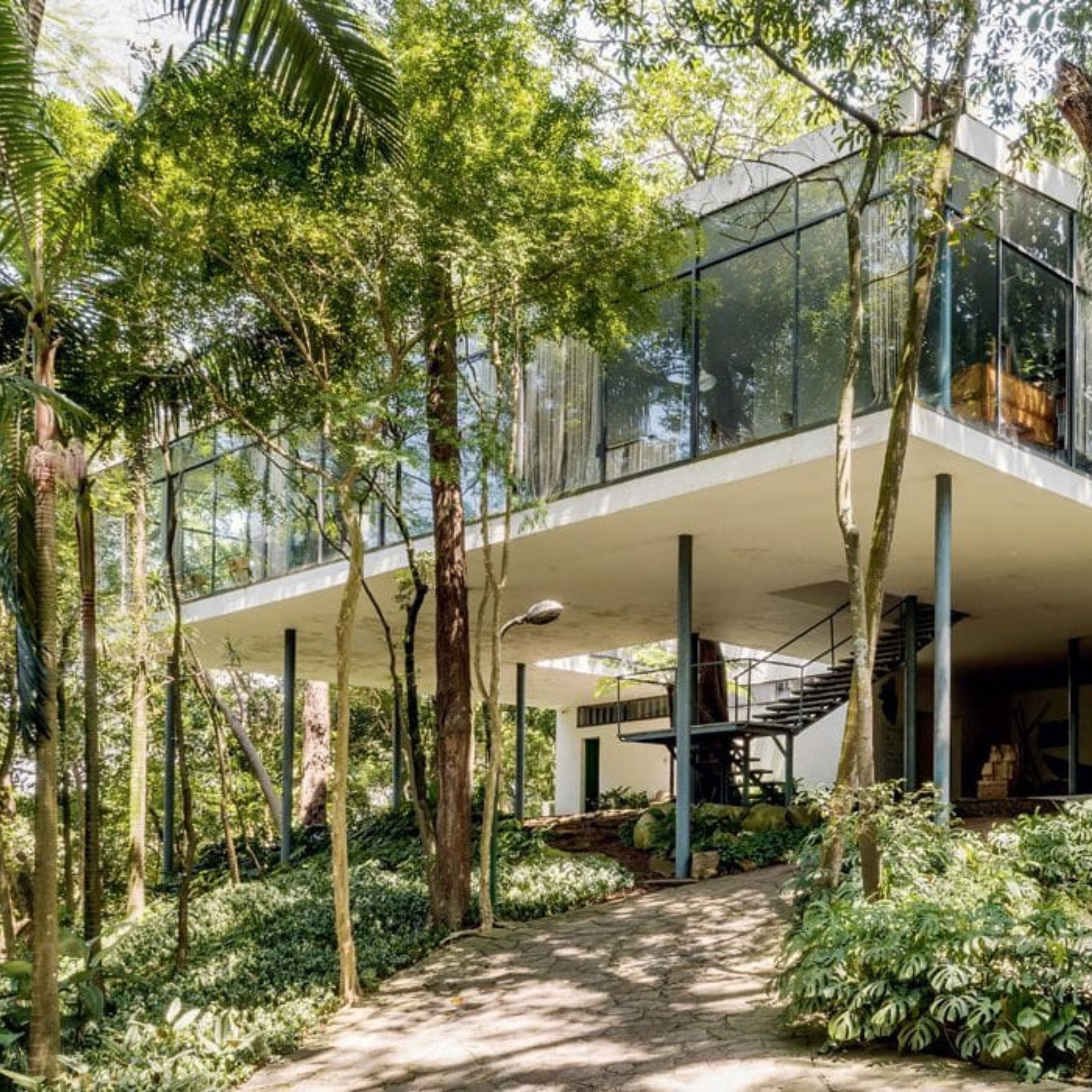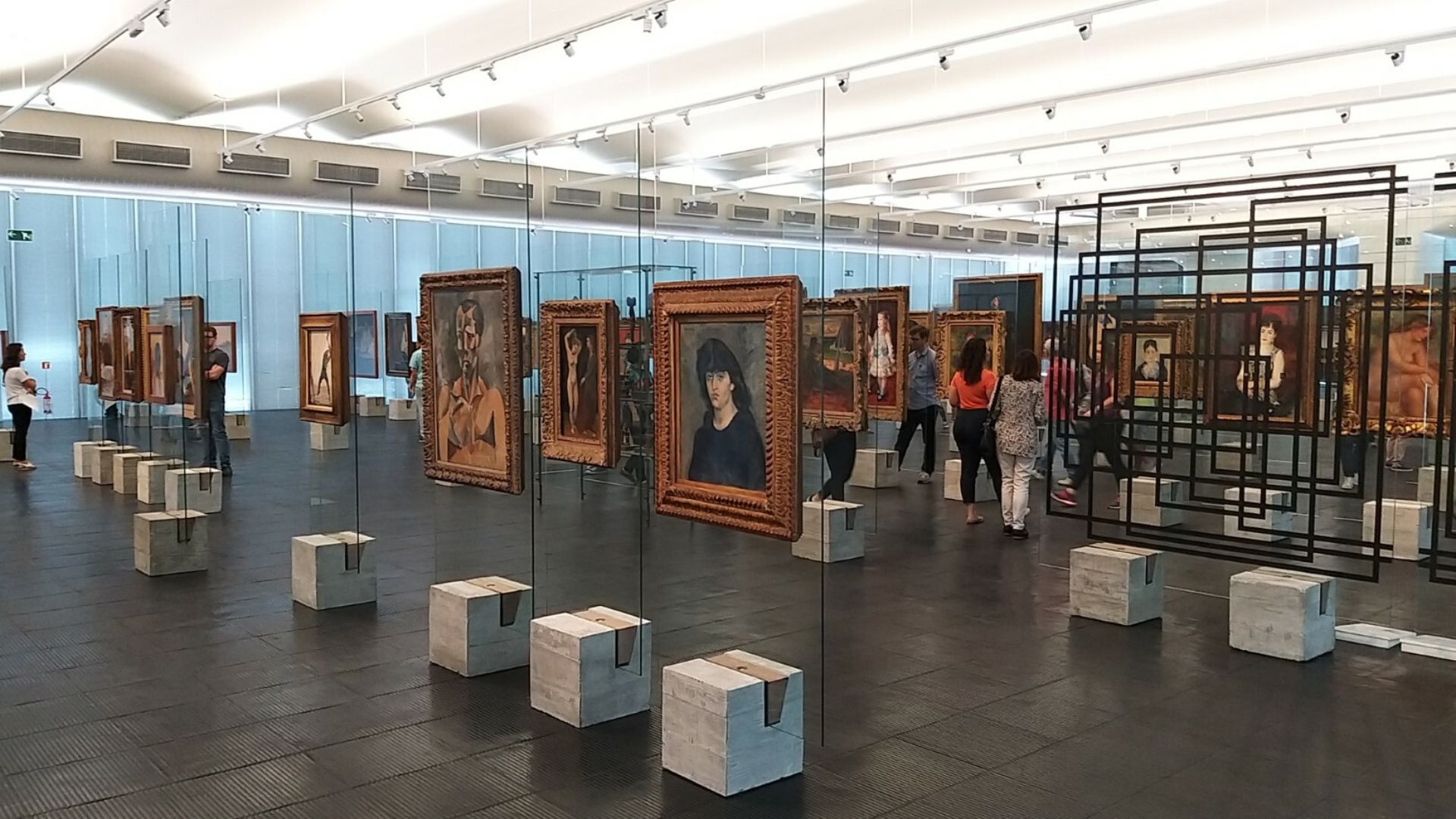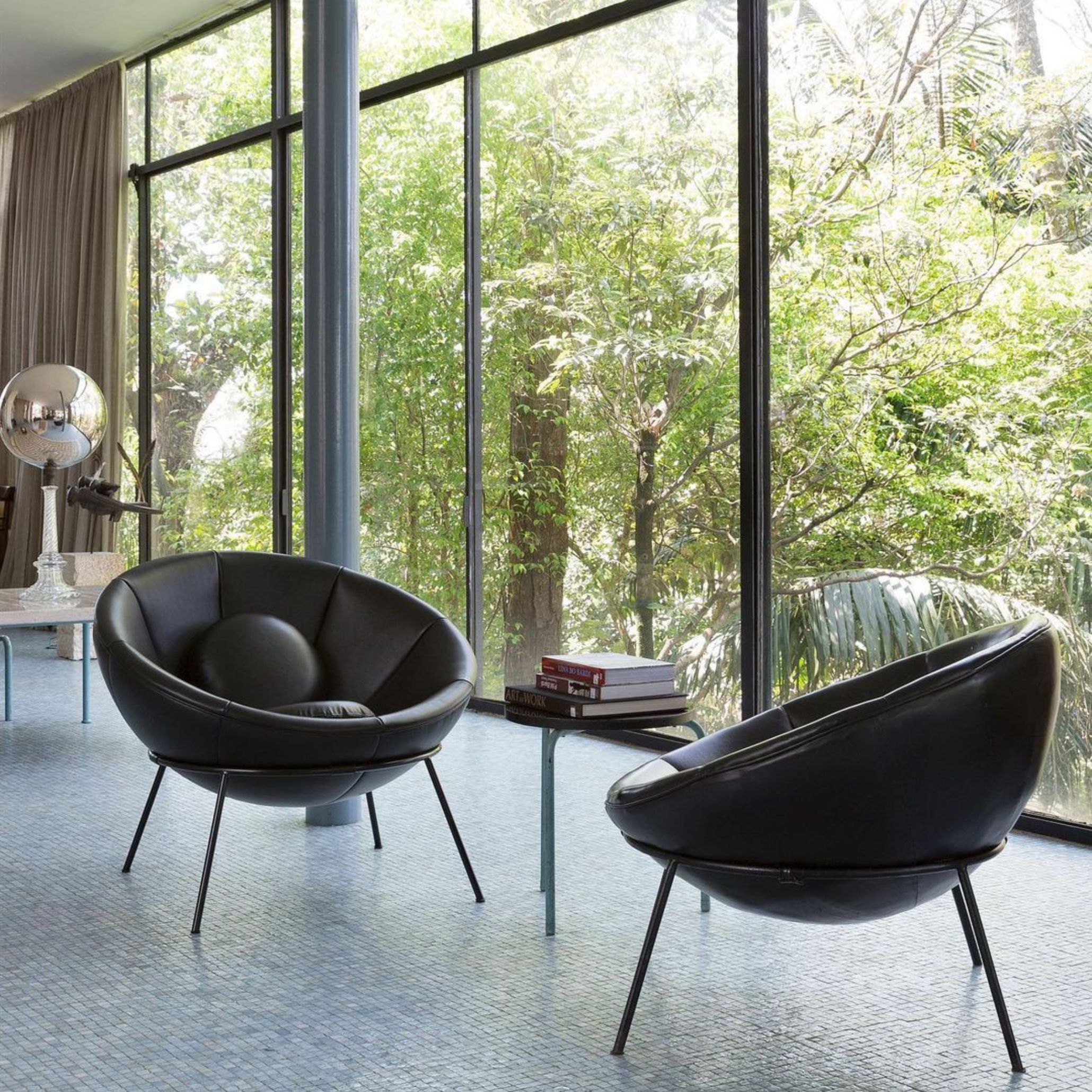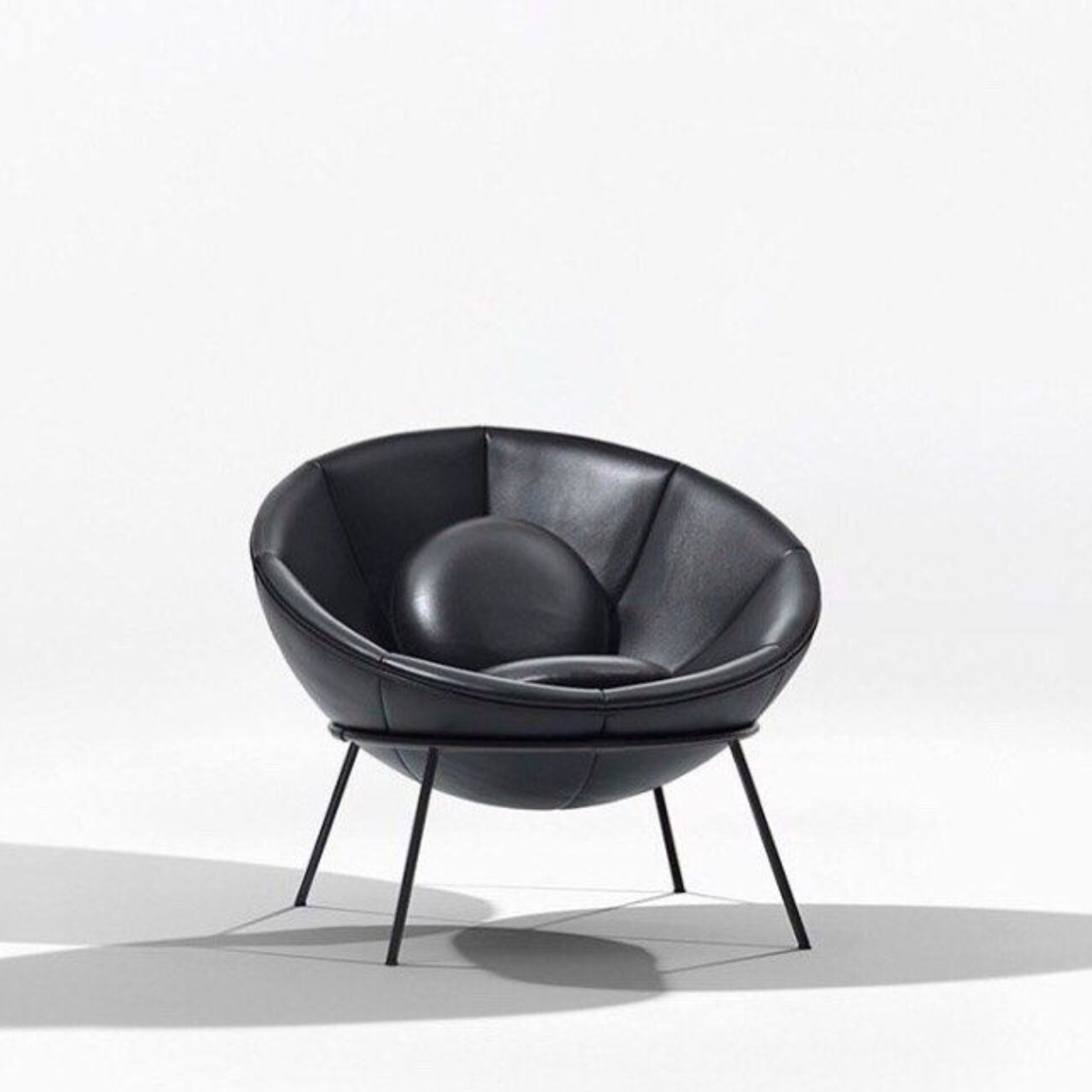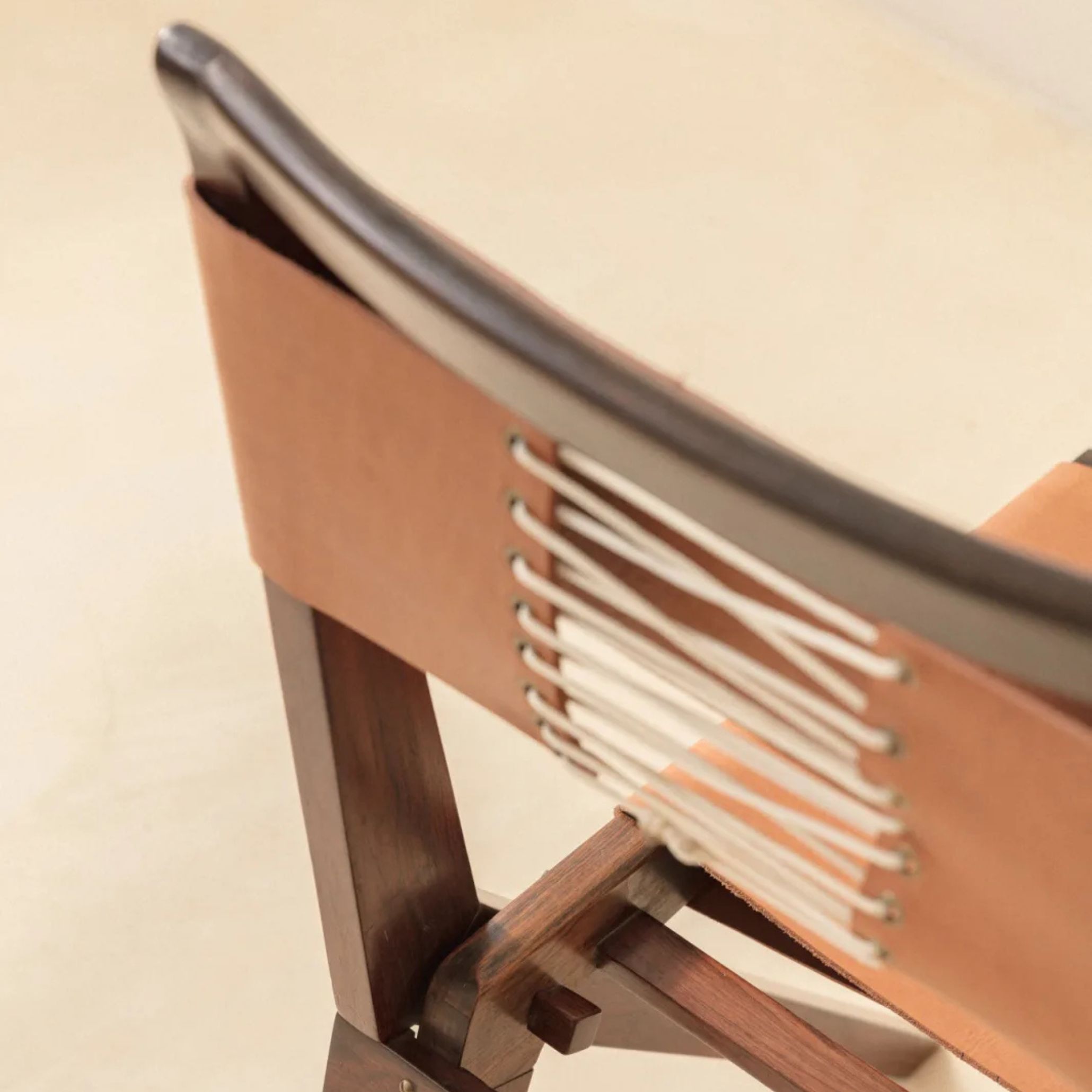Lina Bo Bardi | Architecture for People
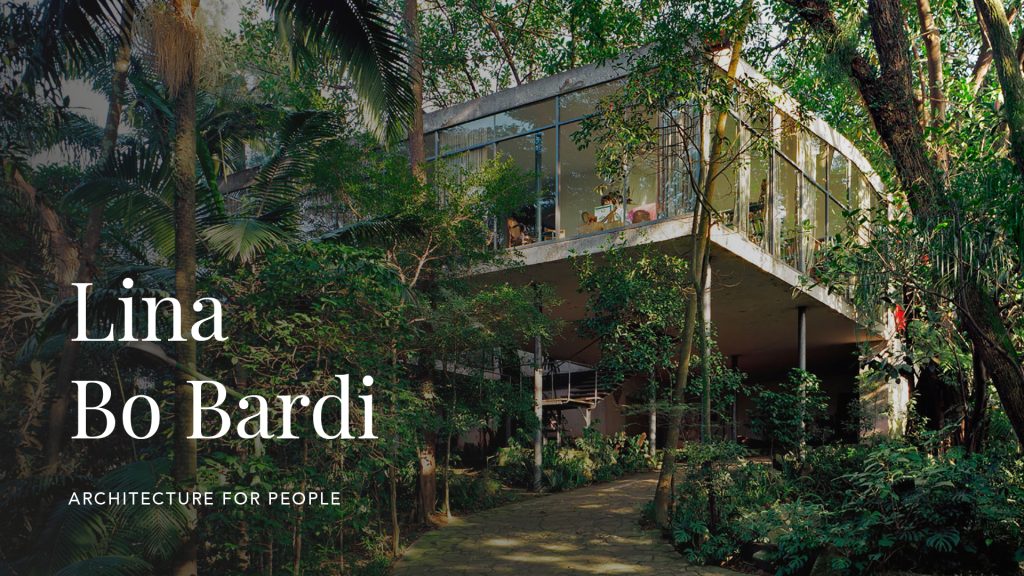
Lina Bo Bardi redefined the role of architecture in society, transforming it into a poetic and deeply human act. Through bold design and a profoundly humanistic vision, she challenged conventions and elevated the architectural discourse to new heights. Her legacy continues to inspire and provoke reflection on what it means to create with purpose.
This article dives into the world of Lina Bo Bardi architecture, exploring the influences that shaped her revolutionary vision, the iconic projects that cemented her legacy, and the ways in which her approach continues to resonate in contemporary design.
- The organic harmony of Casa de Vidro’s outdoor space | Source: Pinterest
Who Is Lina Bo Bardi?
Born Achillina Bo in 1914 in Rome, Italy, Lina Bo Bardi studied architecture at the University of Rome and began her career in Milan, a city shaped by wartime tension and post-war reconstruction. In 1946, she moved to Brazil, a country that would profoundly influence both her personal and professional life.
While rooted in European modernism, Bo Bardi took in the vibrancy and social dynamism of Brazilian culture. She became known for her ability to translate architectural theory into real spaces that addressed cultural and social realities. Her work was not motivated just by style but by purpose: to create spaces where people could gather, reflect, and engage.
Lina Bo Bardi architecture is characterized by structural clarity, honest materials, and a steady belief that beauty must never come at the expense of accessibility. Whether designing a public museum or a single piece of furniture, she remained committed to architecture as a force for inclusion and transformation.
- Lina Bo Bardi | Source: Pinterest
- Lina Bo Bardi painting with vision and purpose | Source: Pinterest
What Inspired Lina Bo Bardi’s Designs?
Nature, culture and community were the pillars of Lina Bo Bardi’s design philosophy. She believed that architectural solutions should arise organically from the environment, responding not only to geography but also to the rhythms of everyday life. Her buildings breathe with the presence of the natural world, inviting it in rather than shutting it out.
Equally important was her admiration for Brazilian popular culture and craftsmanship. She drew inspiration from local materials, traditional building techniques, and the creativity of artisans. By doing so, she broke away from the cleanliness often associated with international modernism, creating instead a uniquely Brazilian modern architecture – one that was grounded and expressive.
- SESC Pompéia by Lina Bo Bardi | Source: Pinterest
- Casa de Vidro by Lina Bo Bardi | Source: Pinterest
Lina Bo Bardi’s Projects and Pieces
The architectural heritage of Lina Bo Bardi is often characterized by a rare synthesis of structural boldness and poetic sensitivity. Each of her works reflects a deep commitment to cultural relevance, human connection, and environmental harmony. From iconic public institutions to furniture designs, the following projects and pieces illustrate the everlasting influence of Lina Bo Bardi architecture.
Museu de Arte de São Paulo (MASP)
Completed in 1968, the Museu de Arte de São Paulo (MASP) is one of the most iconic examples of Lina Bo Bardi architecture. The boldness of its design – a vast concrete and glass volume suspended by two red beams above an open civic space – was both a technical marvel and a philosophical statement. The museum stands not only as a container for art but as a public space for the people of São Paulo.
- Museu de Arte de São Paulo (MASP) | Source: Pinterest
The influence of MASP’s architectural language has transcended time and form, inspiring contemporary design furniture pieces such as the Her Desk, Fortune Console, and Fortune Side Table. These pieces reflect the museum’s striking interplay between structure and lightness. The Her Desk evokes the floating sensation of MASP’s suspended gallery, while the Fortune Console and Fortune Side Table reinterpret its geometric precision and architectural depth into elegant furniture with presence and clarity.
- Her Desk
- Fortune Console
- Fortune Side Tables
MASP’s design was driven by Bo Bardi’s belief that art should be accessible and democratic. By lifting the building off the ground, she gave the city a space that felt both monumental and open – an architectural gesture that celebrated freedom of movement.
Casa de Vidro
The Casa de Vidro Lina Bo Bardi, was completed in 1951 and remains one of her most intimate and profound works. Located in the Morumbi neighborhood of São Paulo, it was the first residence she designed after arriving in Brazil, and the one she would call home for the rest of her life.
Tucked into green hillsides, the house is elevated on thin columns, allowing nature to flow uninterrupted around and beneath it. The living spaces are surrounded by floor-to-ceiling glass walls that dissolve the boundary between interior and exterior. In this home, light and nature become architectural materials as essential as concrete or steel.
The Casa de Vidro by Lina Bo Bardi is a philosophical statement about transparency and coexistence. It illustrated her commitment to designing with nature rather than against it, and it remains one of the most elegant examples of contemporary architecture grounded in place and purpose.
- Casa de Vidro | Source: Pinterest
- Interior of Casa de Vidro | Source: Pin-Up
Glass Easels
In MASP, Lina Bo Bardi introduced one of her most visionary innovations: the Glass Easels. Rather than hanging paintings on walls, she designed transparent easels made of thick glass mounted on concrete bases. These allowed artworks to appear as though suspended in the air, creating an open and intimate museum experience.
The Glass Easels transformed the gallery into a field of visual freedom, where visitors could view works from all angles, without an imposed direction. This idea, of dissolving barriers between people and culture, is central to Lina Bo Bardi architecture and to her lifelong mission to democratize art and design. Their ongoing use in MASP serves as a reminder of her pioneering vision, and her deep respect for the viewer’s autonomy in the cultural experience.
- Lina Bo Bardi’s visionary Glass Easels at MASP | Source: Pinterest
Bardi Bowl Chair
The Bardi Bowl Chair, designed in 1951, is a piece of furniture that seizes Bo Bardi’s playful spirit and radical thinking. Its hemispherical seat rests delicately on a metal frame, allowing it to rotate and reposition freely. This mobility reflects her belief that furniture should adapt to the needs and comfort of its users.
Unlike traditional seating, the Bardi Bowl Chair encourages informality and interaction. It is both sculptural and functional, a piece that invites curiosity and engagement. As with much of Lina Bo Bardi architecture, the chair reflects her democratic ideals by adapting to different needs and encouraging a more relaxed way of living.
- The Bardi Bowl Chair in harmony with Casa de Vidro | Source: Pinterest
- Bardi Bowl Chair | Source: Pinterest
MASP Chairs
In addition to reimagining space, Bo Bardi also designed the MASP Chairs functional and thoughtfully crafted to serve their purpose without distraction. These chairs reflect her belief that every detail matters, and that furniture, like architecture, should be made with purpose.
The MASP Chairs were designed to harmonize with the transparency and openness of the museum. Their elegant form supports the surrounding art. In them, we see the quiet dignity that characterizes so much of Lina Bo Bardi architecture, an approach that values people and function.
- MASP Chair | Source: Bossa Furniture
- A Closer Look at the Craft of the MASP Chair. | Source: Bossa Furniture
Lina Bo Bardi reshaped architecture into a living expression of culture and imagination. Her legacy, from the suspended clarity of MASP to the transparency of the Casa de Vidro Lina Bo Bardi, continues to inspire a more human and inclusive vision of design.
With every project, Bo Bardi’s reminded us that architecture is not only about structures, it is about people, nature, and purpose. Her work remains a timeless example of how thoughtful design can create beauty that is both functional and meaningful.



